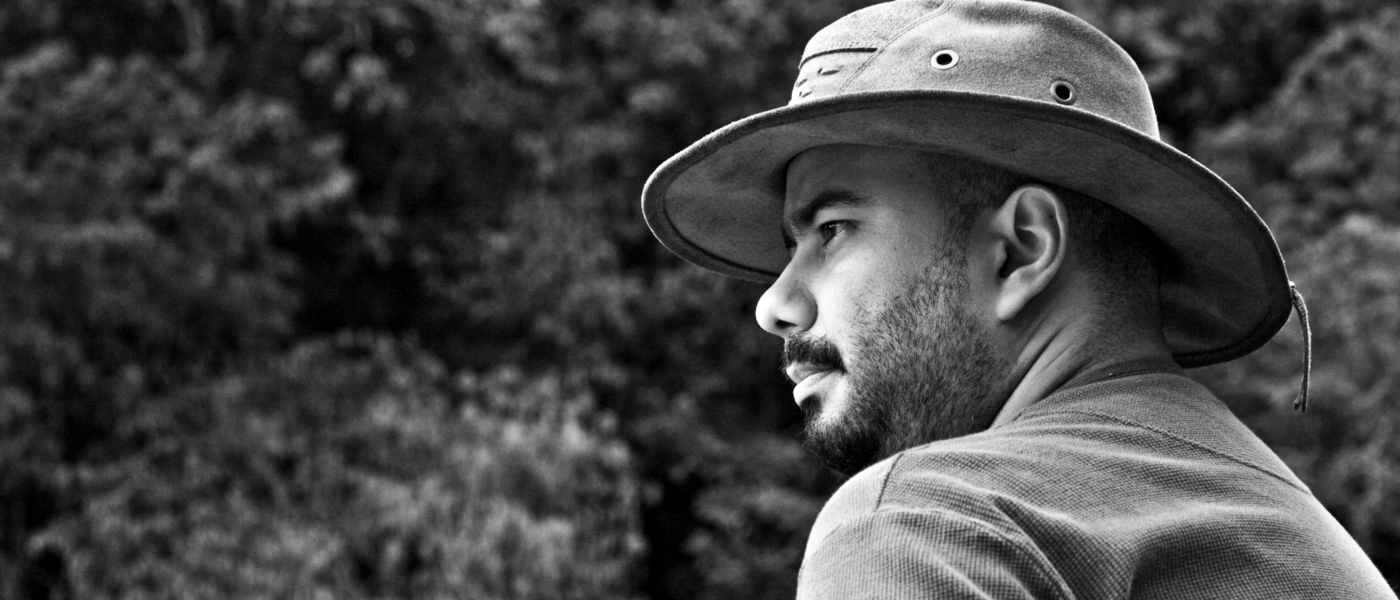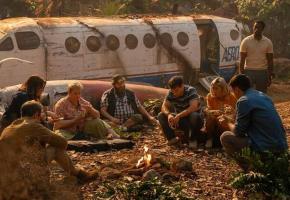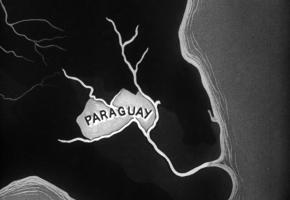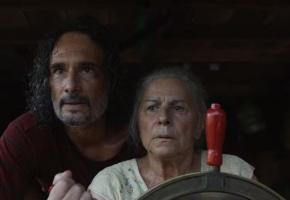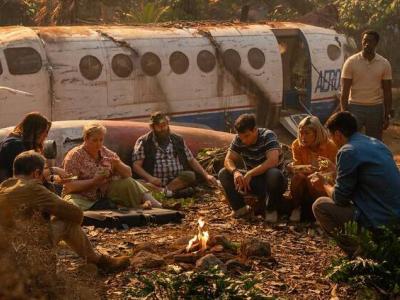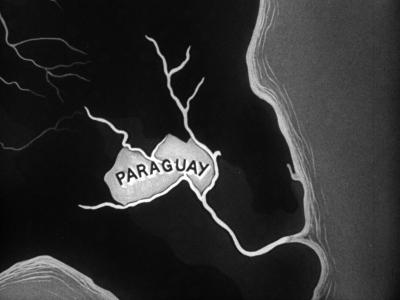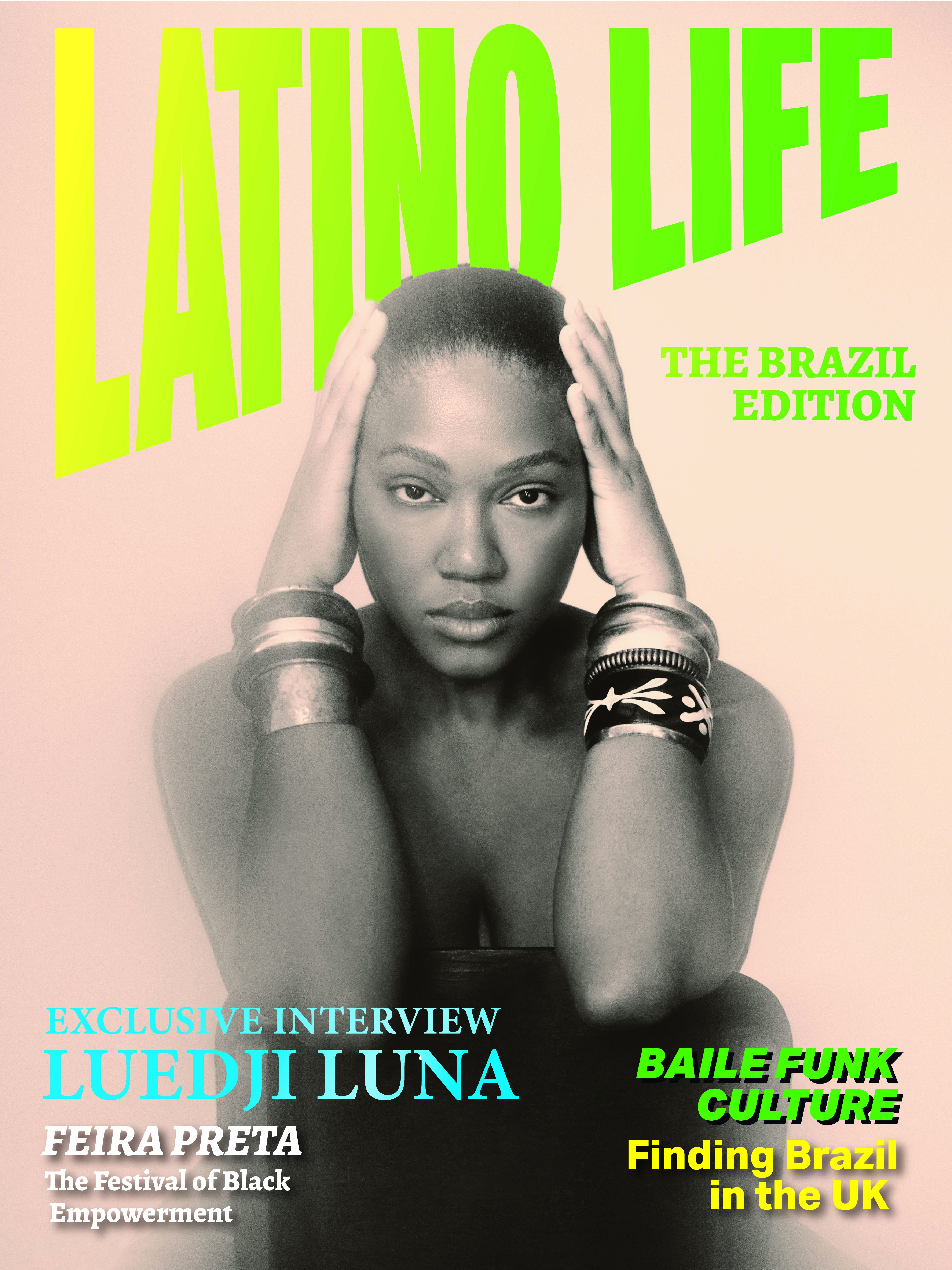The original ‘Waiting for the Barbarians’ is a poem by the Greek, Constantine P. Cavafy. It was written in 1898, and published in 1904. It depicts a day in an unnamed city-state where everything has come to a halt because the population is awaiting the arrival of "the barbarians", whom they plan to welcome. The poem describes a state in which the lawmakers stagnate, steeped in idleness: a “state that needs enemies, real or imaginary as a perpetual excuse.” This poem has been a powerful inspiration not only to J.M. Coetzee, but also number of others, like Daniel Mendelsohn who wrote an essay collection on the issue and Philip Glass, the American composer, who wrote an opera of the same name based directly on Coetzee’s novel, which premiered in 2005 in Germany. It touches on universal themes that we have seen in history and we will see many times again.

The film ‘Waiting for the Barbarians’, based on the novel by J.M. Coetzee, had been the dream of producers Michael Fitzgerald and Olga Segura as well as J.M. Coetzee himself. They finally struck lucky, as their choice of director Ciro Guerra’s attitude to the difficult themes that are expressed in the story, tie in neatly with the complex elements expressed in J. M. Coetzee’s novel (and subsequent screenplay). Throughout the story, Coetzee maintains a clear ambiguity with regard to location, so that even though this book was first published in 1980, it maintains a spine-chilling contemporary relevance.
Ciro Guerra: -
“This is story that has many layers. It’s also a story about finding out that you are complicit in a system … and finding out that sometimes it’s very easy for us to be in a position of power and to say that power is corrupt and violent, but it’s very difficult to point that finger to yourself as well and see how you might be complicit in that system and that the things that you do are [also] complicit to that system. I think that the story is more deeply about that, about this character…. [the Magistrate, superbly played by Mark Rylance] who is convinced that he a good person, the good guy until then he realizes that maybe he is not. This is a complex subject, but like all good stories, it has layers and layers of meaning, so I was attracted to that complexity… [It ends up being] two sides of the same coin, of colonialism. You have this man who is the good face of justice and yet he still represents a form of oppression so … despite appearing to be subtle and a good moral character… the way he treats the girl, it is subtle, but you wanted him to question his own behaviour and question whether violence needs to be obvious, to still be considered violence…
There is a side to this story that is visible: the oppression of empire… but the profound level of the story will be invisible to many people in many ways. It’s not explicit or obvious and it depends on the relationships that you have. I have noticed that women understand the story perfectly, whereas many men cannot. They think that it is the story of a Magistrate opposing an empire, but they cannot see how the magistrate is also an oppressor, because it’s very difficult for men to understand the oppression that they can exert on women. It’s this way in which this film can have many meanings that makes it interesting, so I think that the most important things in a film are usually the ones that are not spoken or stated in an obvious way.”

Indigenous captives in Waiting for the Barbarians
Some have questioned why a non- European, Colombian director should have been selected to direct a film about Imperialism and Colonialism. But the producers understood that this is a film that needed a broader perspective (especially as it includes torture and cruelty), that echoes more recent world events: -
Guerra: -
“When I read the novel, it reminded me of what happened in the Iraq war and the Afghanistan invasions, but I was also reminded of something that happened in Colombia when the right-wing para-militaries invaded little towns bringing violence and these methods of torture, you know… in the fight against communism. I think that I could relate to these things personally, although this story could refer to any empire or any form or power throughout history, so I found it fascinating. It felt like an allegory from a distant time and a distant place … but then, as we started working on the film, there was all this stuff that got caught up in the allegory again… and then when the film was made, you realize it was talking about ‘now’… but that wasn’t the case when we started working on it!”
Colombian director and screenwriter, Ciro Guerra, first made his name when he burst on the international film scene with his Oscar nominated “Embrace of the Serpent”, the first Colombian film to be in the last 5 nominees at the 88th Academy Awards. From his first film ‘Wandering Shadows’ in 2004, which was followed by ‘The Wind Journeys’ (2009) his ability was internationally recognized and the films were nominated for Academy Awards and well received in Cannes.
Later, his film ‘Birds of Passage’, about how the incipient drugs trade in La Guajira Desert Colombia affected the local indigenous (Wayyu) communities, also reaped numerous international awards. By then Ciro Guerra and his co-director and associate Cristina Gallego had established an international reputation for creating quality films. Sadly, the pressures of these associations have meant that this long-standing husband and wife team divorced during the filming of ‘Birds of Passage’ but after a short break are continuing to work together.
No doubt, despite the success of these productions, that attracted so much attention, there was, nevertheless, clearly another very good reason why someone like Ciro Guerra was selected to direct this complex story. It was a question of vision and where you are coming from as well: -
“I come from a place, where, you know… when I came here to London to do the casting, I was stopped in immigration and sent to a cell with people who were about to be deported. I had to spend a day there… just because of my passport! Those are the kinds of things that we experience from the ‘other’ side, and Coetzee made it clear that this story had to be told from the other side, from someone who knows what it’s like to be a barbarian. The film is shot like a Japanese film of the 1960s with a narrative of colonialism. Even David Lean’s films that we all love, are very colonialist in their perspective… in the end it was Coetzee who suggested that I should be the one who should do this film. When I read the novel, I understood why… because… I’m on the side of the barbarians.”
‘Waiting for the Barbarians’ has a wonderful cast. Guerra was fortunate in that Mark Rylance was already on board by the time he joined the production. Guerra realized at once that he was truly the “…only actor that could play that role with all its complexity”, so he was particularly enthusiastic about working with him. The rest of the cast was chosen with mutual cooperation: -
“I was friends with Roberto Pattinson and we had met and we were looking for a project to do together so when this came along, I proposed it to him and he was very enthusiastic. Johnny (Depp) was a big fan of the novel and the writer and was perfect for the role. I think he came along because it was an opportunity for him to do something completely different from what people normally expect of him, so… [ however, the most difficult and] the most important person in that casting was Gana (Bayarsaikhan), the Barbarian girl. We spent a lot of time looking for that character because we knew that she had to be someone very special. Someone who did not have the same level of recognition as the other actors because she was bringing something new. When we finally cast Gana, she brought her culture and her language with her, so that it became the language and culture of the barbarians. With everything that she brought, she added another level of depth to the film.
We started from the actual character. We needed to find an actress who could portray the external weakness of someone who has been destroyed, with the internal strength of someone who is really indestructible like Gana. Initially before we found her, we were thinking it could be interesting to explore the idea of the barbarians [who threatened] the Roman Empire, that are so ingrained in some cultures of Western civilization. But, in the end, it was really about finding the right person and then that person would define who the barbarians of the novel could be.”

Johnny Depp and Ciro Guerra Filming in Morocco.
It was interesting for Guerra to observe the two leads and their interactions: -
“They [Johnny Depp and Mark Rylance] are the most opposite actors in the world, each one brilliant in his own way. They come from completely different traditions and they have completely different methods. They were both super enthusiastic to be a part of this project and to work with each other and to see them feeding off each other was really electrifying for me. You watch them making a scene grow and making it work. They had their ideas, but when they saw the other doing his thing, it sparked many things in them. They became good friends … well, we all became good friends in the process, but they became very good friends. They had not met before and they … also… were so inspired by Coetzee’s writing… that it really brought out the best in them. They were both a joy to work with… you hear [negative]stories about Johnny in the press, but I can say that we never had any of these experiences. He was the most dedicated actor, totally committed… a loving and sensitive person… he was really a pleasure to work with, as well as Mark … It was just amazing to see Mark's craft, which is so unbelievable. Yet, behind that unbelievable craft, there is a warm, sensitive and very open human being … it was one of the biggest pleasures I have ever had, to work with these two actors.”

Johnny Depp and Mark Rylance
In Coetzee's original book, which is narrated from the Magistrate’s point of view, the barbarian girl and the Magistrate have sex when he is taking her back to her ‘barbarian family in the wilderness. However, Coetzee did not include this in his final screenplay: -
“It was a mutual decision to take it out. There is a difference between sexuality in literature and sexuality in cinema. In cinema, sexuality is very explicit by nature yet when you read and especially when you are reading it from the magistrate’s point of view, you can elaborate it in any way you want. On screen you would be seeing something that would probably not be understood in the same way. Being such a powerful element, it could distract from other essential things that we were trying to tackle in the story, so we decided that it was best to make it a personal connection as opposed to a sexual connection.”

Gana Bayarsaikhan
The film was shot in Italy and Morocco. The exceptional work of the production manager and the art director led to the creation of a particular mise-en-scène that was very effective: -
“It was the work of Crispian Sallis, who is a great production designer and set decorator. For me it is essential … because what I always look for in a place, is authenticity. This was tricky because it was indeterminate. In the novel… you are reading and all the time you are wondering, where is this all taking place? … but you don’t know… and then you realize that it doesn’t matter. To capture that feeling we wanted it to feel familiar, like somewhere you have been to or know, even if you can’t place where it is. It was quite tricky to do that and it took a lot of work with Crispian and Domenico (Sica), the production designers, but yes, … it had to feel like a lived-in place … where people have been for a long time.”
Ciro Guerra and Cristina Gallego are now about to embark on another ambitious project that they have been dreaming of for some time. They will be making a film in Mexico early next year, about the encounter between Hernán Cortés and Moctezuma II. After many long years in preparations, this project is finally coming together, with Javier Bardem in the title role of Hernán Cortés. Given his concern that his films are not always understood, he stresses the need for time to be a factor in appreciating a good film: -
“There are films that need time and some processing. The culture of premières and festivals can be very taxing in that sense, as people have to ‘tweet’ the first thing that comes to mind and not let the films linger with them and not let the films have an effect on them. My films require a reflective process. I am feeling this more and more as social media has become more relevant. I have no problem with my film sparking debate or completely opposite opinions, in fact I think that is great. I actually like it because I think good films do that. It’s not so interesting when there is unanimity about a film. I like the process by which films will slowly reveal themselves [sometime over multiple viewings]”.

Chris Menges and his camera team in Morocco.
WAITING FOR THE BARBARIANS 2019 will be available on Digital Download from 7th September and can be pre-ordered here
Digital Platforms: iTunes, Amazon, Google, Microsoft, Sky Store, Sony, Virgin, TalkTalk, BT.
Director Ciro Guerra
DOP Sam Menges
Editor Jacobo Quadro
Prod Design Crispain Sallis and Domenico Sica
Art Director Abdellah Baadil
Music Giampiero Ambrosi
Producer Monika Bacardi, Cristina Gallego, Olga Segura, Danielle Ierbolino and Michael Fitzgerald
Production Company Iervolino Entertainment
Cast: Mark Rylance, Johnny Depp, Robert Pattinson. Gana Bayarsaikhan. Greta Scacchi.


